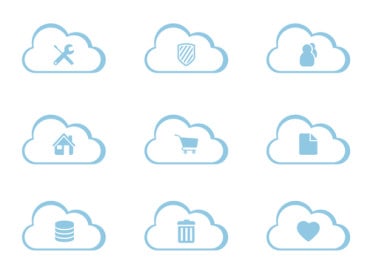
Adoption of low-code tools has risen in recent years because they let developers and business executives collaborate to build new innovative applications.
Pegasystems today unveiled a software development methodology based on Design Thinking principles, dubbed Pega Express, for its low-code application development environment.
Design Thinking is an iterative approach to building applications that promises to make it easier to build innovative applications that will be adopted by end users by breaking the development process down into a set of journeys and user stories that developers can prototype applications around.
See also: How AutoAI Accelerates AI Adoption
Pegasystems CTO Don Schuerman says that approach makes it simpler for developers to collaborate more closely with business users to build more useful applications faster. Pega Express is a highly opinionated instance of best Design Thinking principles based on “micro journeys” that define, for example, how to dispute a charge within a business process created using the low-code tools provided by Pegasystems. Developers are then also presented with a set of pre-defined personas, such as a customer service agent, that might need to interact with any given micro journey.
Finally, Pega Express provides a view of all the relevant data sources for the application scenario created. Via a single screen, development teams can validate what data needs to be accessed and create a record of who did what at each stage of a process.
Once an application is designed, Pega Platform, a cloud-based service, then automatically generates the application and the accompanying documentation with the click of a mouse. Most development teams can use this approach to create a first release of an application in a few weeks.
In fact, Schuerman suggests low-code tools are the preferred means of building applications on top of the Pega Platform.
“The entire platform was built using low-code,” says Schuerman.
Adoption of low-code tools has risen in the last few years because they provide a means for developers and business executives to collaborate around a set of visual application development tools to build new applications. At a time when organizations are trying to accelerate development of digital business applications, those types of tools make it possible for business users that intimately know a process to collaborate with developers to build applications or, in some cases, build applications themselves.
Design Thinking principles, meanwhile, provide developers that are usually not all that familiar with a business process a structured approach to breaking down a process into a set of modular functions that code can then be applied to automate.
Just about every provider of a platform for building applications now makes available low-code development tools. The decision many organizations need to make is determining to what degree they want to rely on low-code platforms provided by an application vendor versus adopting a low-code platform from a third-party vendor that might be more easily applied to multiple applications that make up a business process. In addition, IT organizations will need to determine when low-code tools are sufficient to the task at hand versus more complex initiatives that may require development teams that have expertise using application development tools based on, for example, Java or JavaScript.
Regardless of the approach, Design Thinking has gained traction simply because it provides a framework through which developers can engage business users in a way that enables IT teams from Venus to understand what business users from Mars actually need.





























